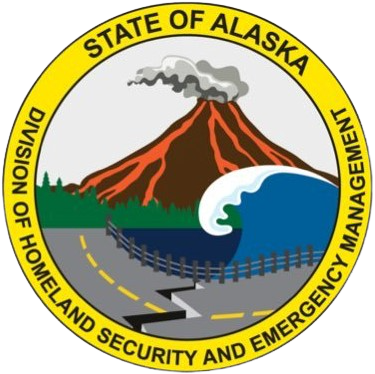2008 Tanana Basin Flooding
From July 27-August 6, 2008, a strong large area of low pressure developed in the Beaufort Sea near the northern border of the state, bringing a series of storms that moved from the northwest coast of the state into the interior, causing severe flooding, landslides, wind damage, and threats to life throughout much of the northern part of the state. The areas affected included the Fairbanks North Star Borough and the Denali Borough, the village of Wainwright and the Cities of Kaktovik and Nenana.
The disaster resulted in severe damage to seawalls, highways, roads, airports, rail lines, and other public infrastructure. Evacuation of residents was required in some areas. Additional damage was to personal and real property, local road systems that impeded access to communities. There was disruption of railroad transportation and rail aviation fuel deliveries to the Anchorage area.
